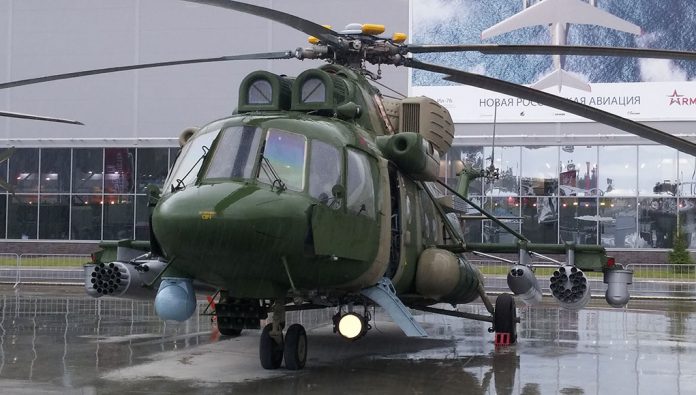Since the break of the conflict in 2011 Syria Moscow stood by its Syrian Allay but refrained from an active intervention even after the Western coalition launched an aerial offensive against the Islamic State in August 2014. By September 2015, when the Syrian regime faced defeat from the rebels, Russia decided to act. Although the task force committed to the operation was limited, the choice of arms used included a variety of weapons from many disciplines, enabling different Russian elements – army, air force and naval units, to gain combat experience.
Russian Air Power in Combat
Russian forces deployed to several locations in Syria, including the port of Tartus and Hmeimim Air Base near Latakia. From the initial phase, these bases were protected by air defense assets including S-400 elements (surveillance radars communications nodes) and Pantsir S1 mobile air defense systems. Following the loss of Russian Su-24 to a Turkish Air Force F-16 the Russians deployed S-400 fire units to Hmeimim, completing a permanent air defense capability that covers a large part of Syria including most of the ingress and egress routes used by coalition air forces operating in Syria, as well as large area of the international airspace over the Eastern Mediterranean Sea. Su-30SM fighters were also deployed to provide air cover to the strike force, augmenting the ground-based air defense elements.
The Russian Air Force Russian committed representative platforms from all units and branches and extensively recorded these activities in video. These included the Tu-160 ‘Blackjack’ bombers, Tu-95 ‘Bear’ and Tu-22M3 ‘Blinder’ supersonic bombers. These elements deployed on long range missions from bases in Southern Russia, and, for a brief period, also operated from a forward base in Iran, demonstrating contingency operations with coalition partners. While such complex activities were not necessary operationally, the Russian forces took the opportunity to train and test their forces for such contingencies.
SU-34, the strike fighter recently delivered to the air force was widely used during the first months of the Russian involvement in Syria. The choice of this platform was its flexible armament carrying capability and high level of protection (the crew is seated side by side in an armored protected cockpit made of titanium). The Russians also deployed the brand-new SU-35 to Syria, to gather some combat experience and train its systems in a realistic environment that included Patriot and Italian Aster 30 SAMP/T air defense missiles.
The wide range of aerial weapons used in those air attacks represents the majority of weapon’s types used by the Russian Air Force, from standard unguided bombs to cluster munitions, incendiary and high explosive, precision laser guided and GLONASS/GPS guided weapons. Guided weapons also included cruise missiles of different variants – from the air launched KH-101 missiles launched by bombers that flew all the way from the arctic circle, to KH55 launched from Tu-95s from a range of 1,000 km. Cruise missiles were also launched from naval platforms – from frigates in the Caspian Sea, using brand new Kaliber systems, as well as missile destroyers and submarines hitting targets in Eastern Syria, some 1,500 km away from the Mediterranean Sea.




















